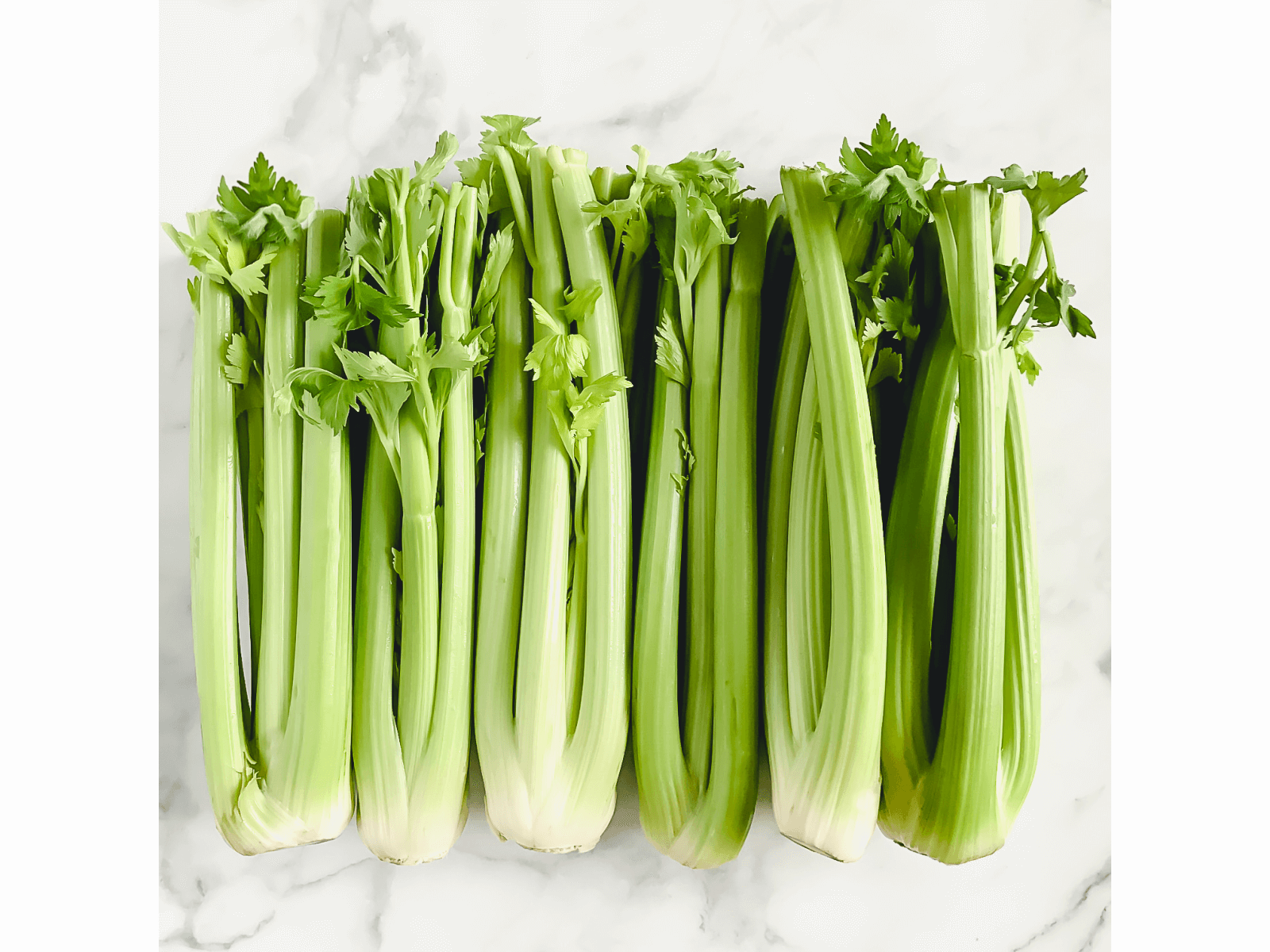Introduction
Sc. Name: Apium graveolens L.
Family: Umbelliferae
Celery is second in importance of the crops in value. Celery is mainly grown ad salad for its fleshy leaf stalks in different parts of the world. Celery is principally used as pre- dinner appetizer in salads and as a flavouring in soups and dressings. It is an excellent vegetable either stewed or creamed and also used for medicinal purposes. Seeds are stimulant and carminative used as nervine sedative and tonic. It serves as a domestic remedy for rheumatism in decoction. A pale yellow volatile oil extracted from seed is much valued as fixative and an ingredient of novel perfumes.

Origin:-
It is a plant of marshy places so the places of origin of celery extends from Sweden, Southwards to Algeria, Egypt, Abyssinia and in Asia even to Caucasus, Baluchistan and mountains of India. The wild plants were probably used for medicinal purpose 100s of years before it was used for food. The first mention of its cultivation as a food plant was in 1623 in France.
Botany:-
It is a biennial, herbaceous and grow erect with conspicuous jointed stem having well developed leaves in petiole. Leaves are pinnately compound but its color varies from light to dark green. It is a shallow tap rooted crop. The inflorescence contains small white flowers in an umbel. Generally self pollinated but cross pollination is done by insects. Fruit is small 1 – 1.5 mm long, 1 mm diameter contains a tiny brown seeds which are bitter in taste. What we call the seed of celery is really a fruit.
Varieties:-
Varieties are mainly of 2 types, i.e. self blanching or yellow and green leaved. Self blanched yellow varieties are florida Giant, cornell 19, Cornell 619, Supreme Golden and Golden self blanching. Green leaved varieties recommended by IARI are given below:
- Wright Grove Giant
- Ford Hook Emperor
- Standard Bearer